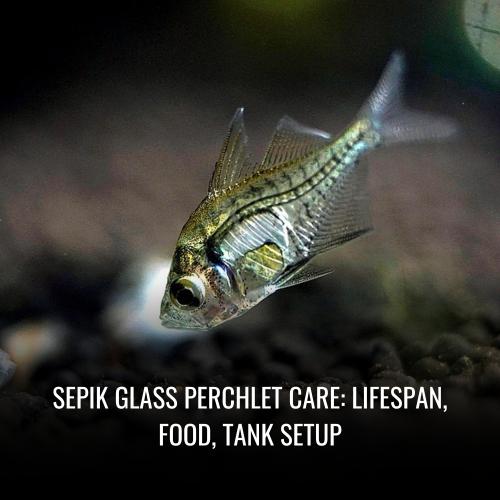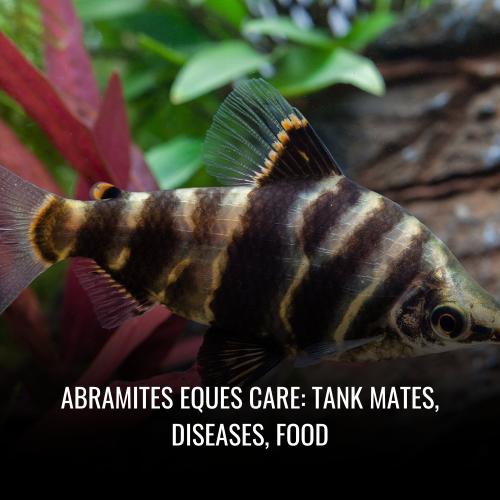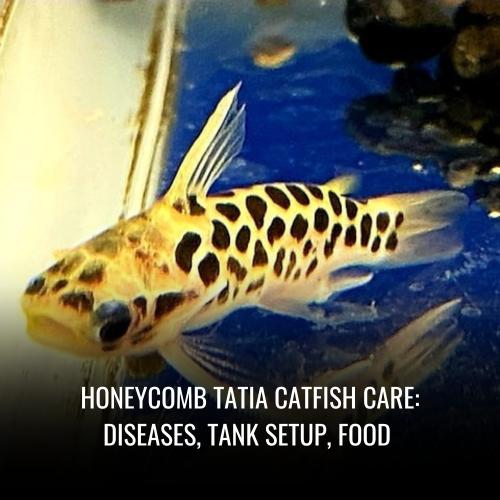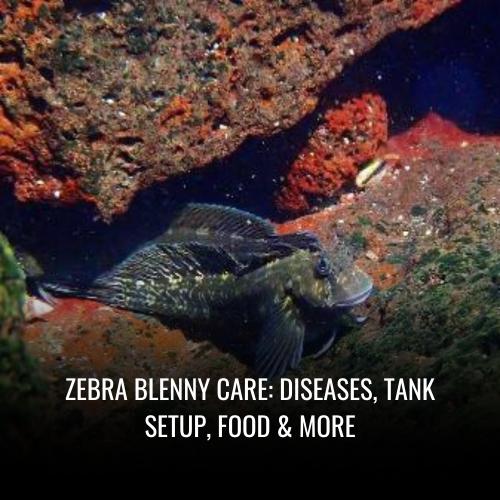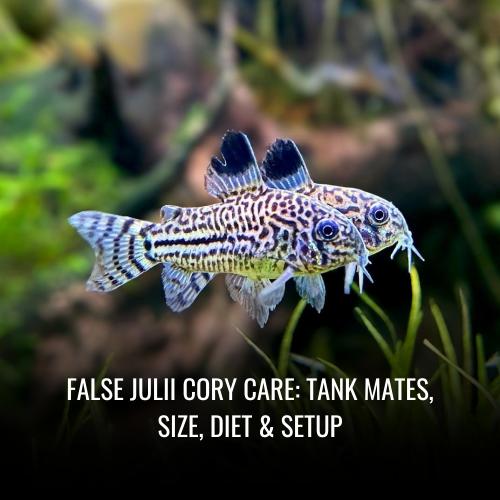Is Rockfish a Bottom Feeder
This post contains affiliate links. As an Amazon Associate, we earn from qualifying purchases.
Rockfish are bottom-feeders, meaning they primarily feed on small fish, crustaceans, and other marine organisms that reside near the ocean floor. They are commonly found in these areas and use their specialized mouths and teeth to catch and consume their prey.
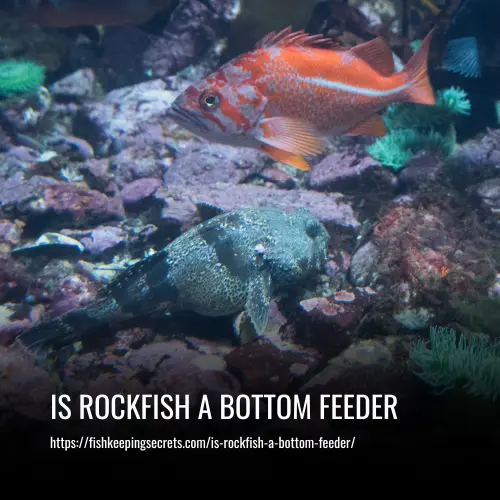
Characteristics of Rockfish
Rockfish are a type of fish that are known for their rock-like appearance and their ability to live in rocky ocean habitats. Some common characteristics of rockfish include:
1. Colorful Appearance
Rockfish come in a variety of colors, including red, orange, brown, and black. Many species of rockfish have intricate patterns and markings on their bodies.
2. Spiny Dorsal Fin
Rockfish have a spiny dorsal fin that runs along their back. This fin can be raised and lowered, and it often has venomous spines that can inflict painful stings.
3. Strong Pectoral Fins
Rockfish have large, muscular pectoral fins on the sides of their bodies. These fins help them maneuver and navigate through the rocky marine environment.
4. Bottom-Dwelling Behavior
Rockfish are typically found near the bottom of the ocean, often hiding in crevices or cracks in rocks. They use their strong pectoral fins to stay close to the substrate.
5. Long Lifespan
Some species of rockfish are known for their long lifespans. For example, the yelloweye rockfish can live up to 120 years. This longevity makes them vulnerable to overfishing and has led to conservation efforts for certain rockfish species.
6. Slow Reproduction
Rockfish have a slow reproduction rate, with females producing a relatively small number of eggs each year. This, combined with their long lifespan, makes them susceptible to population declines if not managed carefully.
Rockfish are fascinating and unique fish that have adapted to live in rocky marine environments. Their colorful appearance and interesting behaviors make them a popular subject for divers and underwater photographers.
Advantages of Being a Bottom Feeder
There are several advantages of being a bottom feeder for rockfish:
1. Abundant Food Source
Bottom feeders have access to a wide variety of food sources on the ocean floor, including crustaceans, mollusks, and other small organisms. This provides a consistent and readily available source of food for rockfish.
2. Minimal Competition
Bottom feeding habitats are often less crowded and competitive compared to other feeding zones in the water column. This allows rockfish to have less competition for food resources, ensuring a higher likelihood of successful feeding.
3. Safety from Predators
By staying close to the ocean floor, rockfish can avoid potential predators that primarily hunt in the open water. This provides a level of protection and reduces the risk of predation.
4. Efficient Energy Expenditure
Bottom feeding requires less energy and effort compared to chasing down prey in the open water. This allows rockfish to conserve energy while still obtaining necessary nutrition.
5. Adaptation to Environment
Rockfish have developed specialized feeding adaptations, such as a downward-facing mouth and relatively large pectoral fins, which make them well-suited for bottom feeding. These adaptations enhance their ability to capture and consume food from the ocean floor.
FAQs
Being a bottom feeder means that the fish primarily feeds on organisms found at the bottom of the water body, such as small shellfish, crustaceans, and other invertebrates.
Yes, there are over 100 different species of rockfish, each with its own unique characteristics and habitats. They can vary in color, size, and preferred depth in the ocean.
While most species of Rockfish are considered bottom feeders, there are some exceptions. Some species, such as the pelagic Rockfish, are known to swim at mid-water levels and feed on different types of prey.
While Rockfish are known as bottom feeders, they are not limited to feeding exclusively on organisms found at the ocean floor. They may also feed on small fish and other marine life at various levels of the water column.
No, there are no specific cooking methods recommended for Rockfish due to their bottom-feeding habits. They can be prepared and cooked in a variety of ways, depending on personal taste preferences.
Rockfish are commonly found in rocky areas and around underwater structures, such as reefs and wrecks. They prefer to stay close to the bottom of the ocean, where they can find their primary sources of food.
Conclusion
In conclusion, the debate over whether rockfish should be considered bottom feeders is a complex one with valid points on both sides. While it is true that rockfish primarily feed on small fish and invertebrates found on or near the ocean floor, their feeding habits can vary based on species and environmental factors. Additionally, rockfish are known to be versatile predators, often hunting in open water as well.

